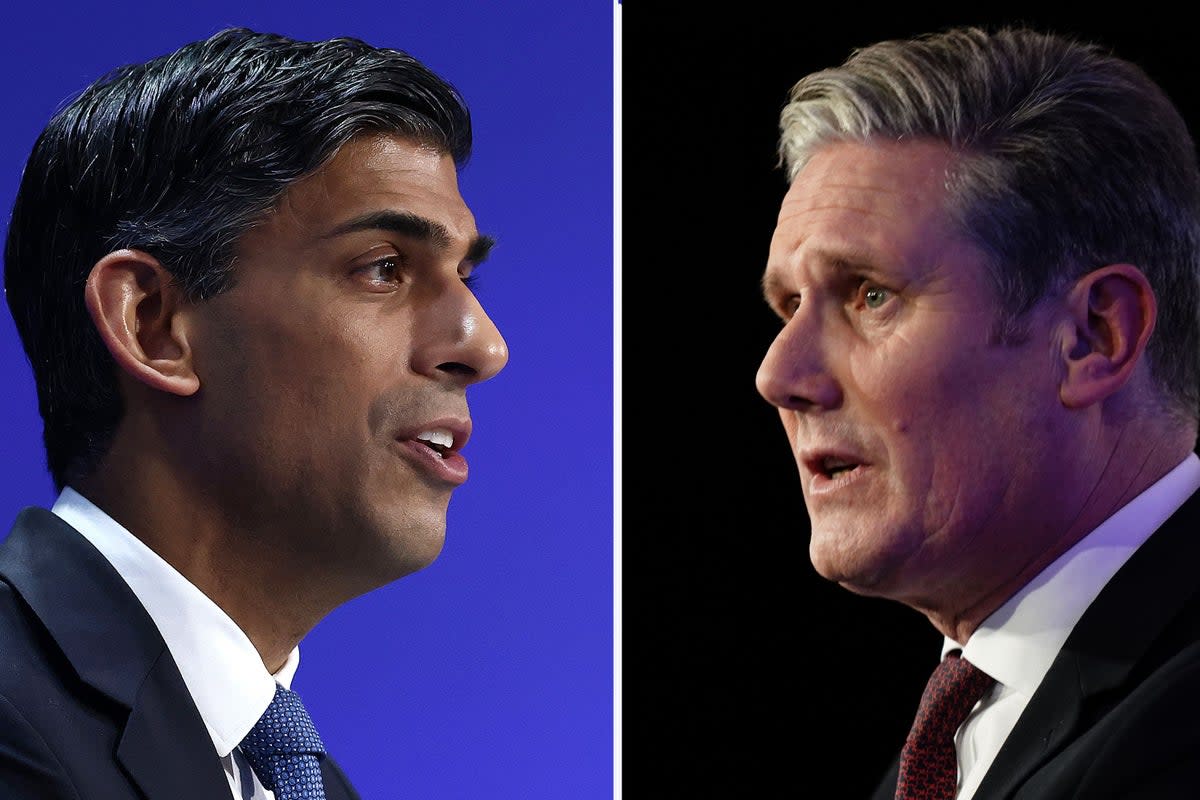How much will Labour and the Tory manifestos appeal to London's voters?

This week’s general election campaign was defined by a battle of the manifestos.
These documents are consequential, less for individual policies than the narrative they espouse about the future of the country.
On the face of it, the Conservative manifesto might appeal to some Londoners given it promises cuts in National Insurance contributions that benefit high earners, particularly the self-employed.
There is talk of an ‘ownership society’, giving first time buyers an equity loan, cutting stamp duty and building 1.6 million ‘well-designed homes’.
But there is little evidence of a compelling vision for public services.
The Conservatives are pursuing a core vote strategy to win back defectors to Reform with a ‘tax guarantee’ for pensioners and an annual cap on migration accompanied by Rwanda flights.
Meanwhile, the commitment to cut taxes is stretching Rishi Sunak’s fiscal credibility to breaking point.
How far will Labour’s manifesto appeal to the capital’s voters?
While there are big ambitions – shaking-up the planning system to deliver 1.5 million additional homes; a modern industrial strategy; strengthening key rights for workers – the watchword is stability.
There are few big surprises. The focus is economic growth and wealth creation not tax and spend. The aim is to manage expectations of what a Starmer Government can realistically deliver.
Even so, the fundamental question remains how far the British economy can prosper until the dire condition of public services is addressed.
The crisis in the NHS makes it harder to get those with long-term conditions back to work. An under-funded education system and limited migration means fewer skilled workers in London.
Londoners are focused on such quality-of-life issues, alongside more affordable public transport and a drive to reduce knife crime.
Still, the concern is Labour is not doing enough to appeal to voters desiring radical change.
The Greens offer a wealth tax, more homes for social rent, alongside radical action on net zero.
The Liberal Democrats promise a return to the EU single market, scrapping the Rwanda scheme, alongside reform of social care funded by capital gains tax.
Yet parties with little realistic chance of victory on July 4 can afford to be bold. This is an election defined by traditional battlelines between Labour and the Conservatives.
The choice remains change with Keir Starmer, or five more years of Rishi Sunak as PM.
Patrick Diamond, Professor of Public Policy and Director, Mile End Institute, Queen Mary University of London

 Yahoo News
Yahoo News 
